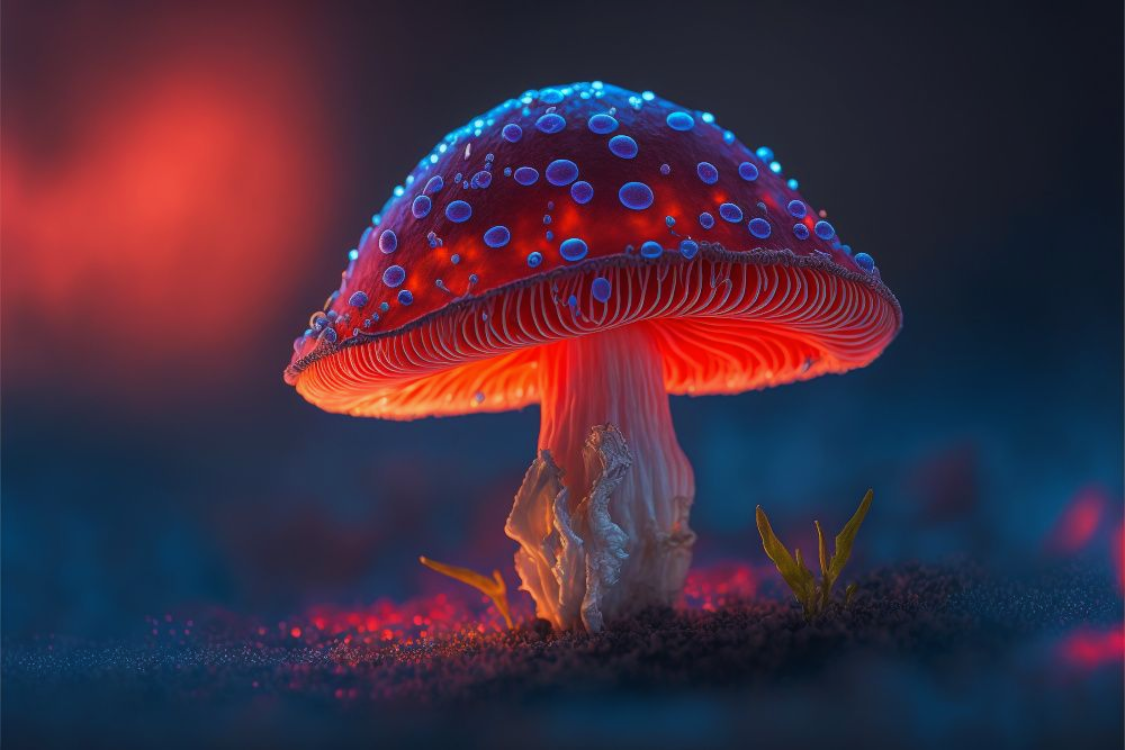Which of the Following is Not a Characteristic of fungi?
Which of the following is not a characteristic of fungi? Mammals are not characteristic of fungi. Fungi are eukaryotic organisms that lack chlorophyll and obtain nutrients by absorbing organic matter from their environment. They are known for their unique cell walls, which contain chitin. Fungi reproduce through the production of spores, and they play important … Read more










